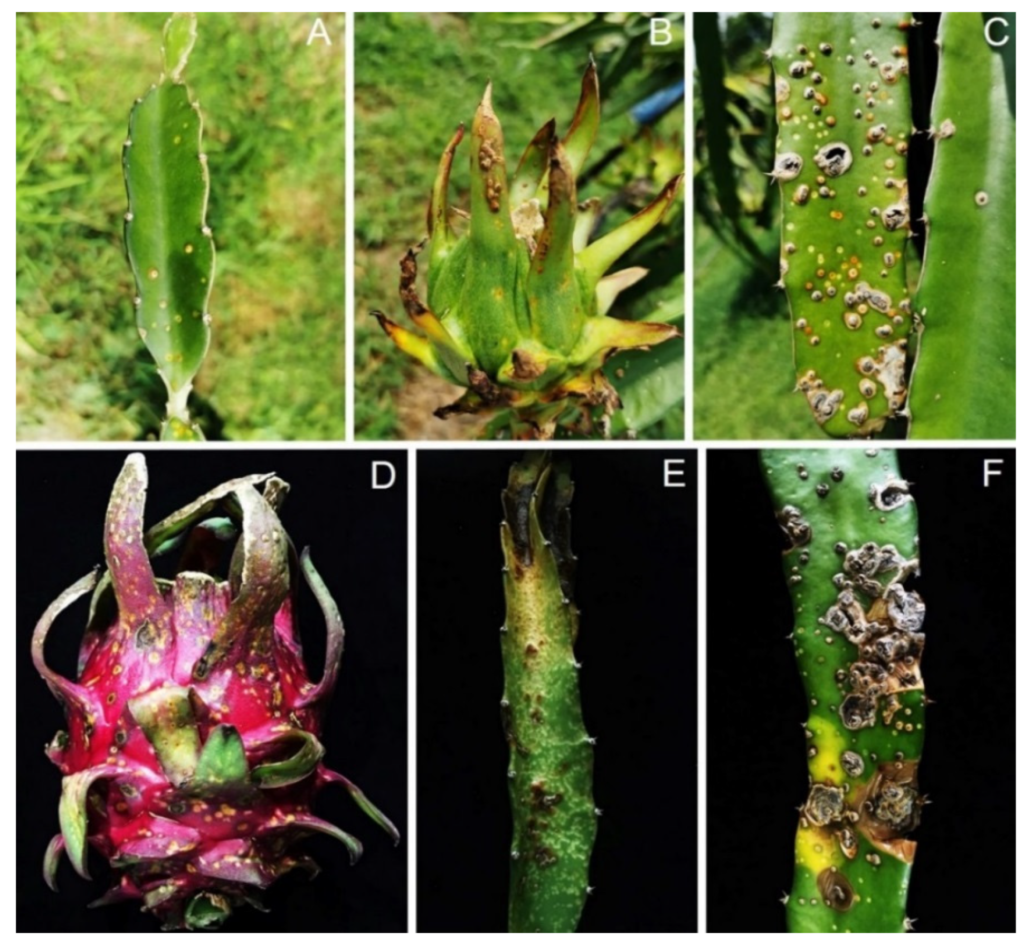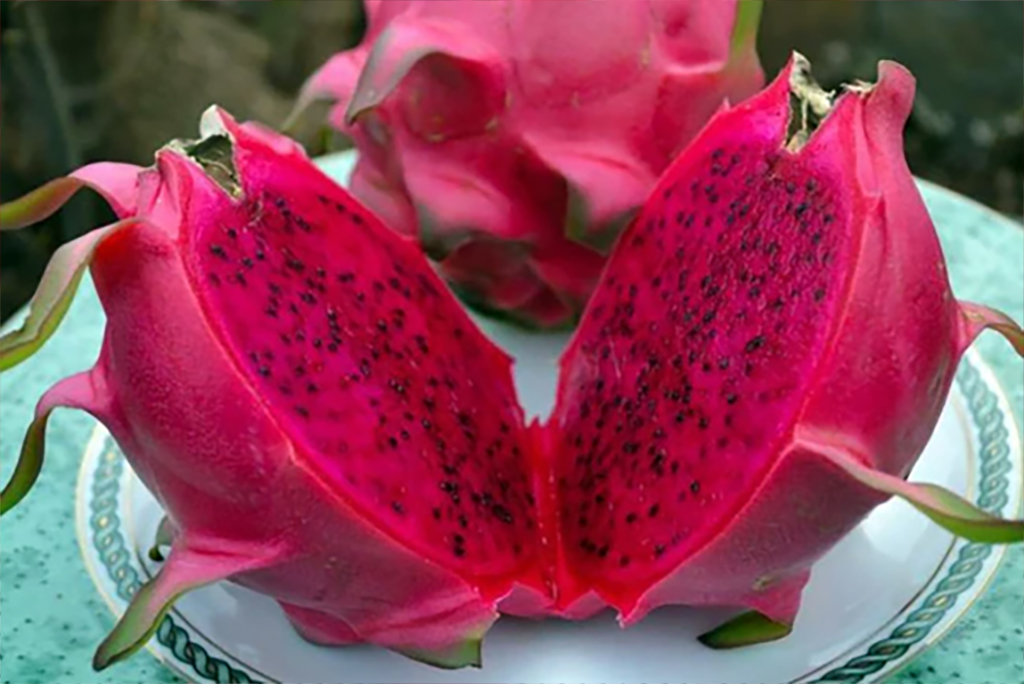Opening The Mysteries of the Plant Known as Dragon Fruit
Within the agricultural field, the mysterious dragon fruit plant is a term that has captivated the interest of gardeners all over the world. Also called pitaya or pitahaya, this exotic fruit is well-known for its many health advantages in addition to its eye-catching look. This thorough investigation covers the complexities of caring for dragon fruit plants, their fascinating growth stages, related expenses, the numerous advantages they offer in cultivation, possible diseases that may affect them, the careful plan of taking care of them during their growing period, and, lastly, the fascinating lifespan that defines their existence.

Table of Contents
Dragon Fruit Plant care
Before beginning the process of growing a plant of dragon fruit, it is important to understand the specific maintenance requirements of this unusual species. A careful balance of variables, including soil composition, irrigation schedules, and temperature control, is required during the cultivation process.
Placing the dragon fruit plant in well-drained soil with a pH level between that of a slight acid and that of balance ensures a strong growth path. Since these plants are native to tropical regions, it becomes necessary to capture these environmental factors. When organic fertilizers are applied carefully, they improve soil fertility and supply the nutrients required for healthy growth.
Care for dragon fruit plants includes careful watering techniques as well. It’s critical to strike a balance between staying hydrated and preventing precipitation. Because of their adaptation to dry environments, they require occasional, moderate watering.
Dragon fruit plant Growth Stages
From a tiny seed to a vibrant dragon fruit-bearing cactus, the transformation occurs in different growth stages that match nature’s seasonal cycle. Understanding these phases is similar to figuring out the plant’s nonverbal language.

- Germination: The seed rises and begins to sprout into a tiny, delicate seedling, marking the beginning of life.
- Vegetative Growth: The plant goes through a stage of rapid leaf growth that builds a strong foundation for future fruit production.
- Flowering: The dragon fruit plant adorns itself with brilliant flowers, which are eye-catching and a sign of the upcoming ripening period.
- Fruiting: The most anticipated moment is when the plant produces fruit, displaying the vivid colors of its much sought-after dragon fruits.
- Maturation: When the fruits ripen, the growing cycle comes to an end, and they are prepared for harvest and consumption.
Every one of these developmental phases necessitates customized care, highlighting the significance of an informed caretaker.
Dragon fruit plant cost
The issue of expense arises when one sets out to cultivate the plant of dragon fruit. Purchasing seeds or seedlings, appropriate fertilization, and maybe supporting structures are all part of the initial investment. Geographical location, resource availability, and choice between regular and organic growing techniques can all affect the cost component.
An additional layer of cost analysis is added when accounting for potential costs associated with irrigation systems, fertilizers, and pest control methods. But the benefits, in the form of locally farmed dragon fruits, frequently exceed the costs.
Dragon fruit plant Benefits

Growing plants of dragon fruit is more appealing than just looking good. Examining the benefits, it is clear that this unusual cactus has nutritional and environmental benefits in addition to being a visual treat.
- Riches in Nutrients: This plant produces dragon fruit, which is nutritious. Packed with vitamins, fiber, and antioxidants, it is a testament to the benefits of careful cultivation.
- Elegance that lasts: The dragon fruit plant is hardy, which makes it an eco-friendly choice for home gardening. Its reduced water requirements and capacity to adapt to dry climates make it acceptable with sustainable methods.
- Beauty: The plant’s beautiful look adds a touch of exotic beauty to gardens and landscapes that go beyond its usefulness. A visual feast for the senses is the sight of the dragon fruit cactus in full bloom.
Dragon Fruit Plant Diseases:

There are always obstacles when you’re exploring the world of plants, and the dragon fruit plant is no different. Maintaining the life span of these fascinating plants requires constant watchfulness against possible diseases.
Known for its dark signs on fruit and stems, it is a form of fungal disease that can be avoided by following preventative steps like appropriate spacing and fungicidal treatments.
- Bacterial Soft Rot: Soft rot is a bacterial disease that causes shrinking and degradation. It highlights the significance of soil that drains well and careful watering techniques.
- Root Rot: Too much moisture can cause root rot, which highlights the need for appropriate airflow to the soil and balanced irrigation.
Dragon Fruit Plants growing time
Maintaining a dragon fruit plant requires patience as the plant grows over its growing season. A strong dedication from the grower is required to complete the process by nature, which begins with the first germination and ends with the colorful dragon fruits.
A well-maintained dragon fruit plant can produce fruit in as little as six months to many years on average. Several variables, including the kind of soil, climate, and species being grown, affect how long it takes. The caretaker is rewarded with the slow unfolding of nature’s work as the plant deals with its growing phase.
Lifespan of Dragon Fruit Plant
The dragon fruit plant’s lifecycle is a small yet significant addition to the larger scale of botanical existence. When given the right care and environment, these kinds of plants can survive for many years. The plant’s lifetime guarantees a steady supply of locally cultivated delights and an endless display of nature’s strength.
Let me sum up by saying that growing a dragon fruit plant is more than just gardening. It’s a journey into the core of floral artistry, where every turn, obstacle, and success adds to the story that nature has woven. The dragon fruit plant is a living example of the peaceful movement between human intention and the wealth of nature. From the careful attention it requires to the complex ballet of its growth stages, the costs involved, the myriad benefits it provides, its protection against potential diseases, the patient’s wait through its growing time, and the lifespan it unfolds.
To learn more about dragon fruit specialties, click here.
